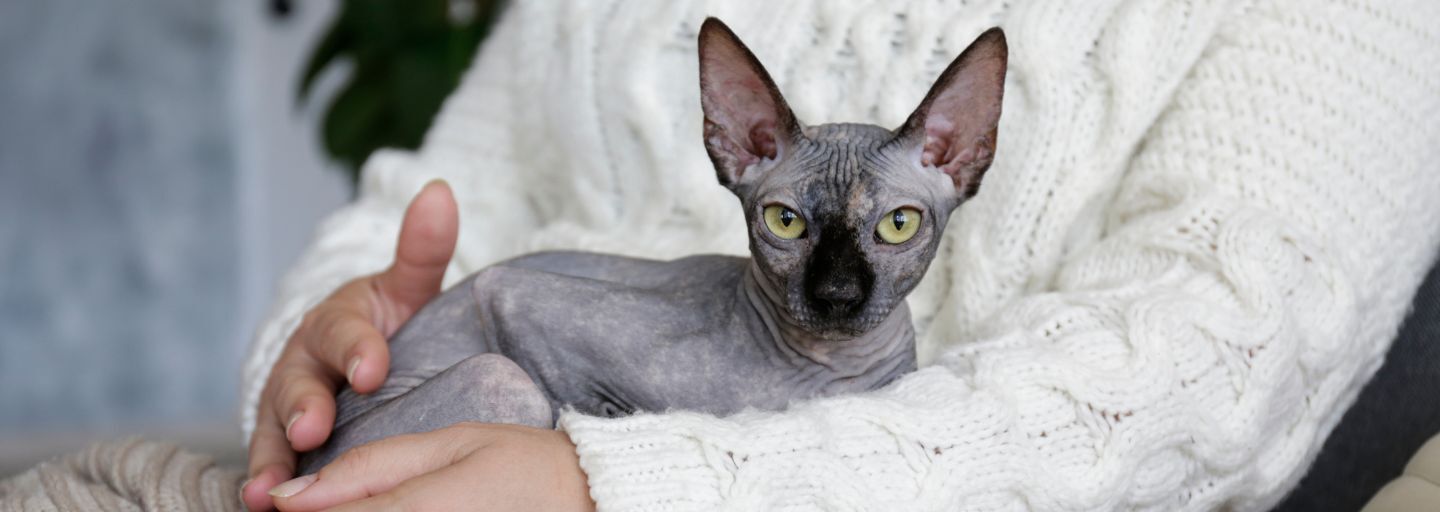There is a common belief that some breeds of cats, especially hairless breeds, are 'hypoallergenic.' The popular belief is that 'hypoallergenic' means 'allergen-free' – but what it technically means is 'less' allergenic.
There are no truly "hypoallergenic" cats; however, some cat breeds may shed less hair and provoke fewer reactions in sensitive individuals. The reason for this is that the main cat allergen, Fel d 1, which is primarily produced in the cat's salivary and sebaceous glands, is transferred to the cat's hair and skin when they groom themselves and then spread into the environment on shed hair and dander.
The level of allergen concentration depends on many factors. For example, cats that have been castrated or sterilized before puberty may have less allergen production. Also, hairless breeds (Don and Canadian Sphynxes, Peterbalds, Lykoi, and others), as well as cats with short curly hair (Cornish Rex, Devon Rex), produce slightly less Fel d 1, and it's much easier to keep the skin of these cats clean.
Nevertheless, all cats, regardless of breed, still produce allergens.





